In a significant legal development, The New York Times has filed a lawsuit against OpenAI and Microsoft, alleging copyright infringement in the development of their large language models (LLMs), which power the AI platforms ChatGPT and Copilot.
The lawsuit claimed that both companies constructed their AI models by "copying and using millions" of articles from The New York Times, leading to direct competition with the publication`s content, reports The Verge.
New York Times argued that OpenAI and Microsoft`s LLMs have the capability to generate output that either recites the media outlet’s content verbatim, closely summarizes it, or mimics its expressive style.
According to the complaint, this practice has undermined the Times` relationship with its readers and has deprived the publication of essential revenue streams, including subscriptions, licensing, advertising, and affiliate revenue, the report said.
Furthermore, the lawsuit contends that the use of AI models by the defendants poses a threat to high-quality journalism by compromising news outlets` ability to protect and monetize their content. The complaint stated that both companies aim to leverage The Times` substantial investment in journalism to build competing products without permission or compensation, added the report.
Despite attempts to negotiate fair value for the use of its content, The New York Times claims it failed to reach a resolution with OpenAI and Microsoft.
The publication is now seeking billions of dollars in statutory and actual damages and is requesting the court to prohibit both companies from training their AI models using its content. Additionally, The Times is asking for the removal of its work from the datasets used by OpenAI and Microsoft, it added.
This legal action follows a trend of news outlets, including the BBC, CNN, and Reuters, blocking OpenAI`s web crawler to prevent the scrapping of their content for AI model training.
However, some publications, such as Axel Springer, have embraced partnerships with OpenAI, indicating a divide within the media industry regarding the integration of AI technologies. The outcome of this lawsuit could potentially shape future relationships between media organizations and AI developers.




-20251216092417.webp)


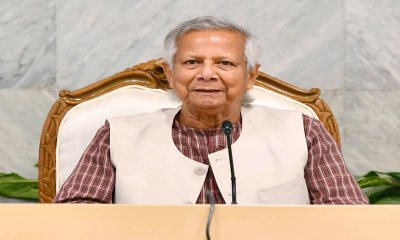
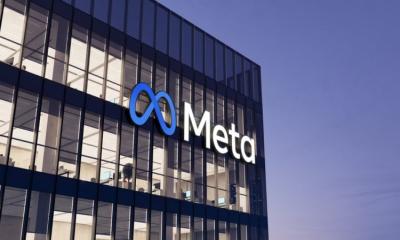








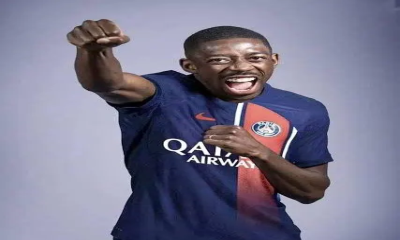

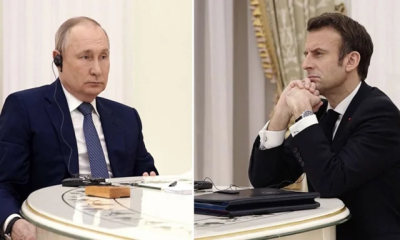


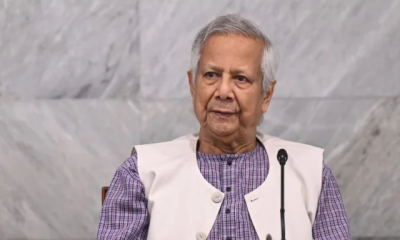


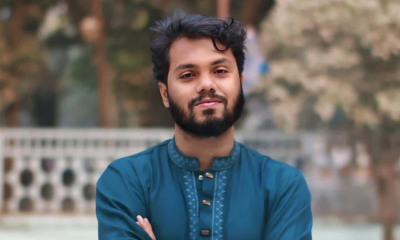


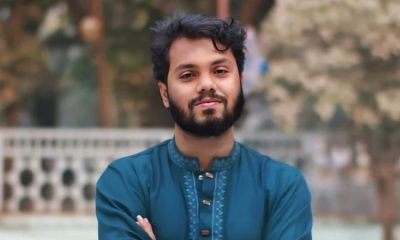
-20251218165258.jpeg)

-20251216090625.jpeg)


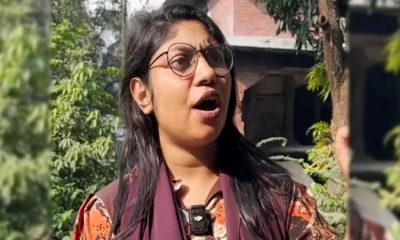
-20251216054240.jpeg)



